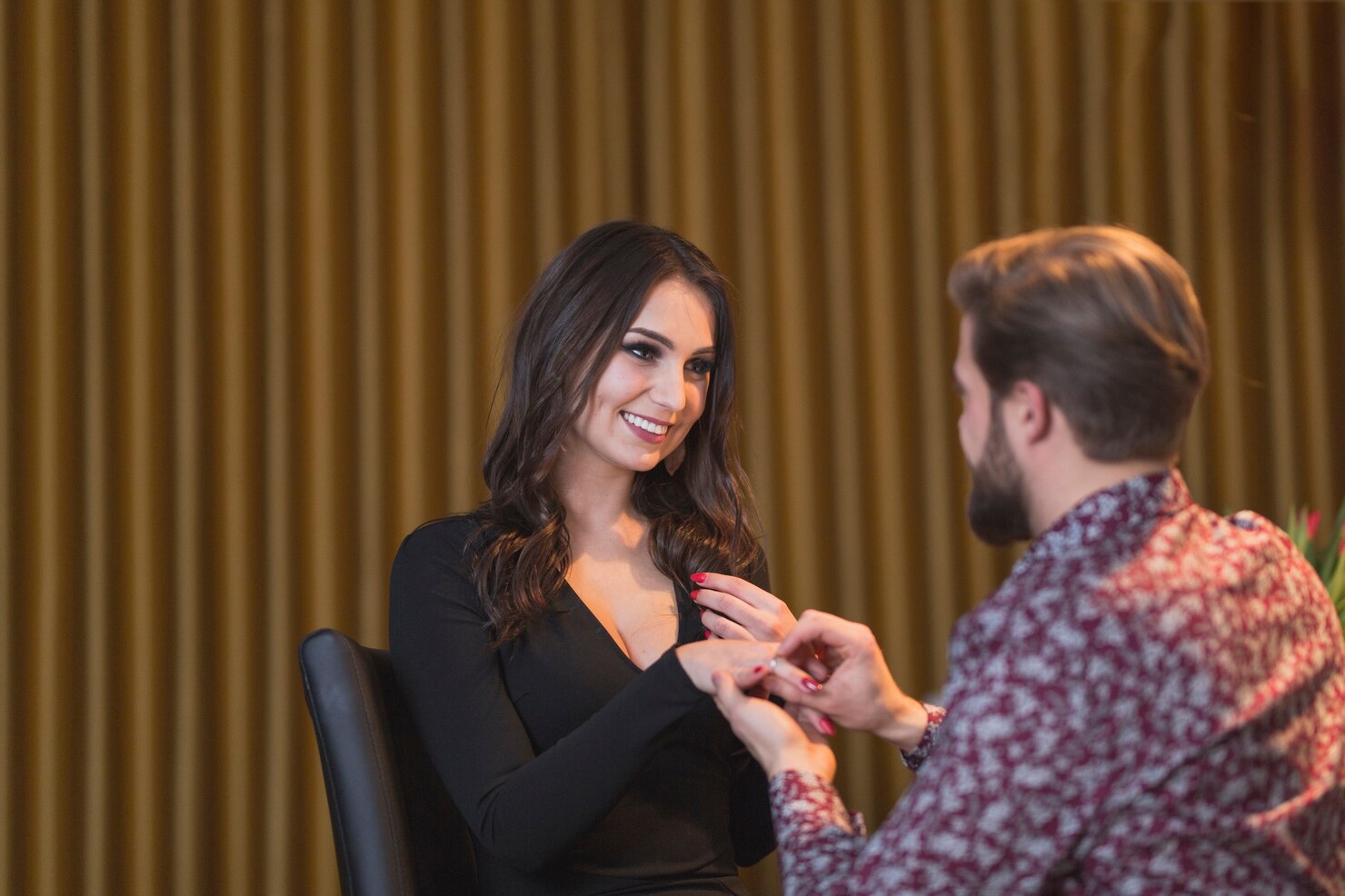Research has uncovered a significant connection between color and attraction, with red standing out as particularly influential. Studies reveal that men tend to show greater interest and attraction towards women who wear red. For example, men viewing images of women in red shirts were more likely to engage in personal conversations than when the same women wore green shirts. This behavior mirrors patterns seen in primates, where female primates exhibit red during fertility, attracting male attention.
Additional experiments support these conclusions. In one study, after interacting with women, men placed their chairs closer to those dressed in red than in blue, indicating a higher level of interest. These insights highlight the subtle yet powerful impact color can have on attraction and social dynamics.
The Role of Clothing Choices and Perception
Clothing plays a significant role in non-verbal communication, shaping how individuals are perceived by potential partners. Research reveals that both men and women strategically use clothing to create specific impressions. Men often select outfits that project stability and commitment, while women tend to focus on enhancing their body image and attractiveness. This deliberate approach to dressing is designed to present an appealing image that resonates with societal ideals of desirability.
The concept of “enclothed cognition” highlights how our clothing choices impact our self-perception. Wearing outfits tied to feelings of confidence or past positive experiences can uplift mood and boost self-esteem. Additionally, form-fitting garments, which provide a sense of comfort through deep touch pressure, can alleviate anxiety and increase self-assurance. This psychological effect underscores the influence of clothing on both how we present ourselves and how it affects our internal emotions.
Further studies support these insights. In one experiment, men adjusted the distance of their chairs after interacting with women, positioning them closer when the women wore red compared to blue. This behavior suggests that color can significantly influence attention and attraction in social interactions.
Impact of Clothing on Unconventional Relationships
Unconventional relationships, such as those involving sugar babies, also reflect distinct fashion choices designed to make a specific impression on partners. People in these relationships may opt for sophisticated attire to convey a sense of confidence and refinement. The fashion choices in such contexts are thus tailored to align with the unique dynamics and expectations of these relationships.
For those in polyamorous, long-distance, or age-differentiated partnerships, their attire choices mirror the individuality and distinct motivations inherent in their relationship dynamics. Consequently, fashion becomes an expressive tool to reflect personal goals and partner expectations.
Psychological and Social Dynamics of Dressing
First impressions carry substantial weight in dating contexts. Clothing choices can convey an array of messages ranging from socioeconomic status to personality traits. Research has demonstrated that first impressions regarding attractiveness and desirability are formed within minutes. The emphasis on grooming and stylish dressing enhances one’s appeal, while an unkempt appearance detracts from positive assessments.
For casual dates, socially acceptable clothing such as denim promotes an image of friendliness and approachability. Conversely, formal settings call for refined and sophisticated attire. Psychological surveys also reveal that men, despite common stereotypes, often have higher levels of self-consciousness regarding their appearance. This contradicts the traditional view that men care less about fashion, highlighting the importance of attire in both male and female dating scenarios.
Specifics of Clothing Choices
The selection of colors continues to significantly influence perceptions of attractiveness. Research by Roberts et al. demonstrated that wearing red boosts attractiveness ratings. Additionally, restaurant servers dressed in red tops earned higher tips from male customers, highlighting the real-world effect of color on both social and financial exchanges.
Incorporating accessories and distinctive fashion choices can enhance personal confidence and spark conversations. Items like quirky cufflinks, vibrant socks for men, or playful earrings for women help leave lasting impressions. These bold choices empower individuals to feel more confident in social settings.
High heels, recommended by style expert Shakaila Forbes-Bell, serve as another example. Heels convey a sense of authority and can increase self-confidence, making them a popular choice for first-date outfits.
Historical and Cultural Contexts
The historical use of fashion to convey status and individual prowess offers valuable insights into modern dating practices. Throughout various cultures, high-value males employed style to signal confidence and social stature. Celtic warriors, American Indians, and Maori warriors utilized distinct fashion elements to project strength and command respect. These historical examples illustrate the significance of attire in social communications.
Current societal norms continue to reflect these principles. Men and women invest considerable effort in their appearance to capture and hold their partner’s interest. Women’s emphasis on aesthetics is often mirrored by men who recognize that their own presentation affects how they are perceived by their dates.
Practical Strategies for Enhancing Attraction
The psychological impact of clothing in the dating scene suggests several practical strategies:
– Align Clothing with Personality: Select attire that genuinely reflects personal style to maintain authenticity.
– Consider Date Context: Adjust apparel according to the date setting, choosing casual clothes for informal outings and sophisticated outfits for formal dinners.
– Color Psychology: Leverage color to evoke the desired perceptions; red can signal passion, while blue can suggest reliability.
– Meaningful Accessories: Use accessories to highlight individuality and serve as potential conversation points.
– Comfort and Confidence: Wear clothes that enhance comfort and self-assuredness to project confidence naturally.
Conclusion
The psychology of dressing up for specific types of dates highlights the importance of self-expression, personal style, and understanding social cues. Clothing choices, from colors to accessories, deeply impact how one is perceived while also influencing self-confidence and interactions. By understanding the psychological and social dynamics of attire, individuals can make thoughtful clothing decisions that enhance their attractiveness and align with the goals of the date. Whether dressing for a casual outing or a formal dinner, being mindful of one’s outfit and how it communicates values and intentions can foster deeper connections and more meaningful dating experiences.









